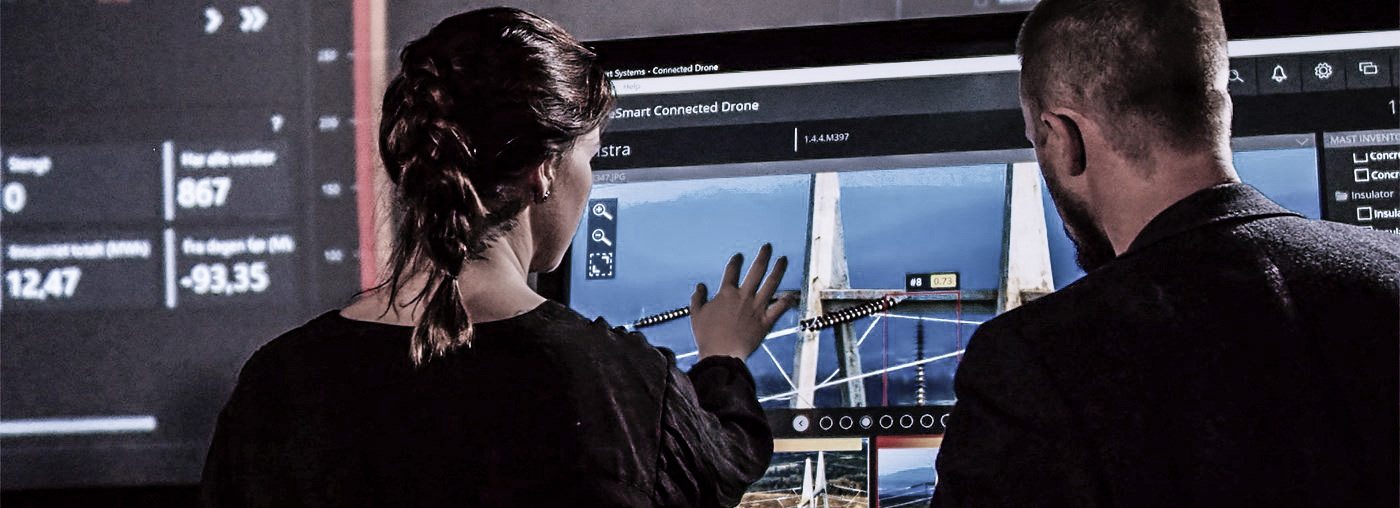 Drones are taking over inspection of the power grid.
Drones are taking over inspection of the power grid.
Equipped with intelligent software and sensors, drones can identify anomalies on grid masts, transmission lines and other critical infrastructure. This cuts inspection time and cost, compared to traditional foot or helicopter inspections.
What’s new, however, is drones are enabling more efficient data analysis to predict future events, as well as their consequences, enabling utilities to streamline, plan and manage grid operations in new ways.
It’s important to note drones aren’t replacing the existing workforce. Rather, they’re providing operations and maintenance crews with new and valuable insights that improve day-to-day decision-making.
Safer inspection methods
Power grid inspection of late has involved low-flying helicopters and people climbing masts – both dangerous activities. Drones are programmed to recognize topology in the power grid, and operate independently on pre-defined routes. With the help of sensor technology and intelligent software, drones can identify missing components, defective isolators, rotting wooden masts, woodpecker holes and more. The best part? It’s all automatic.
Drones can also produce a work order with the help of a fleet management system, guiding the nearest available inspector to the correct spot and making sure it’s equipped with the appropriate tools.
Ultimately, drones are faster, safer and cheaper than traditional grid inspection methods.
More efficient data analysis
The analysis part of the inspection process involves handling a massive amount of data, which has often been done manually. Drones equipped with intelligent software are replacing costly and time-consuming processes to reduce the risk of human error.
With the help of Deep Learning, systems can learn to recognize individual objects, such as isolators in your power grid, and link them to an existing component register.
In short, instead of learning about potential problems three months after an inspection, staff will have access to the information they need almost immediately.
Predicting future events
Since drones access time series data, users can not only examine what has happened, but predict what will happen next.
For example, if power grid operators are worrying about the potential damage that can be caused by vegetation growing close to their power infrastructure, they can gain control over the situation by receiving an overview of the area’s natural surroundings. So if sensors detect rot in a tree standing near power lines, and a storm is expected to hit, a crew can be dispatched to neutralize the possibility of that tree affecting nearby power lines.
The future of drones in grid operations is now
Drones in grid operations are entering the market as we speak, especially due to the recent partnership between Border States and eSmart Systems.
A drone by itself is not enough to revolutionize grid operations. Rather, it’s the drone’s ability to collect and analyze massive amounts of data through built-in intelligent software. In this way, drones are a groundbreaking tool for utility infrastructure operations and maintenance.
This article was drafted in partnership with eSmart Systems.